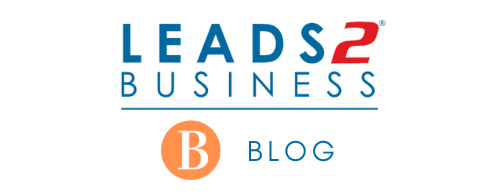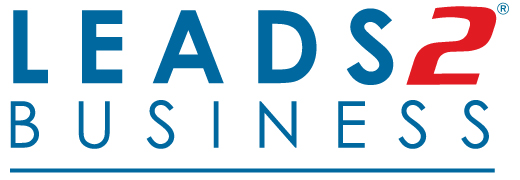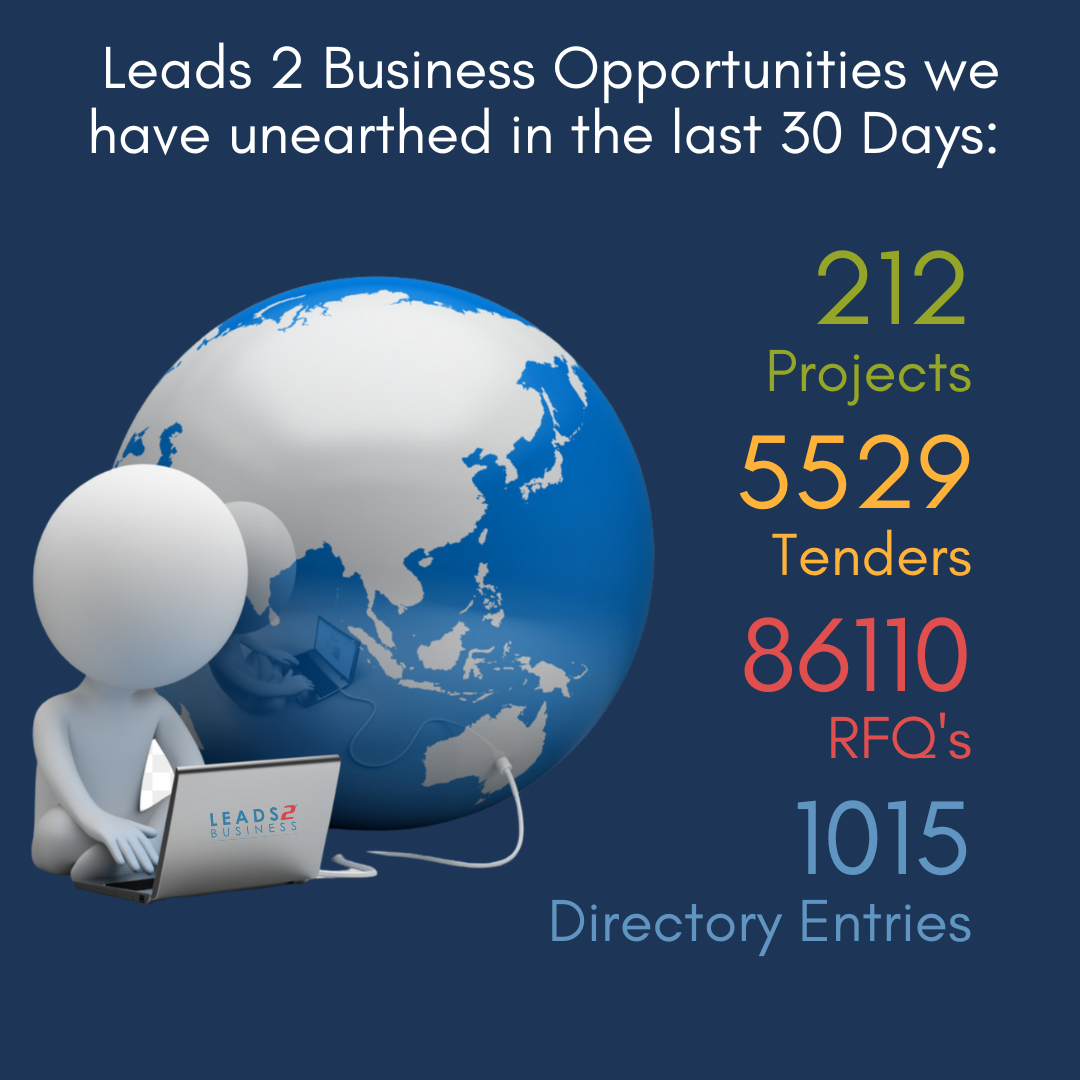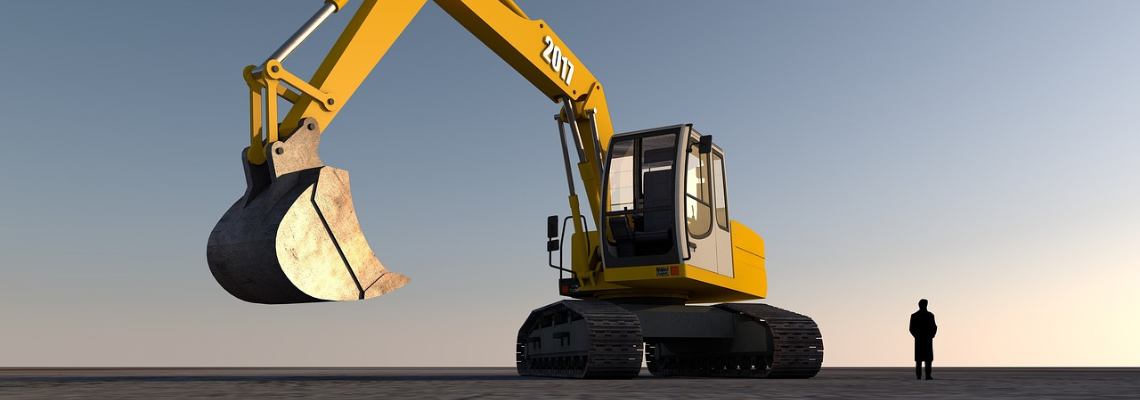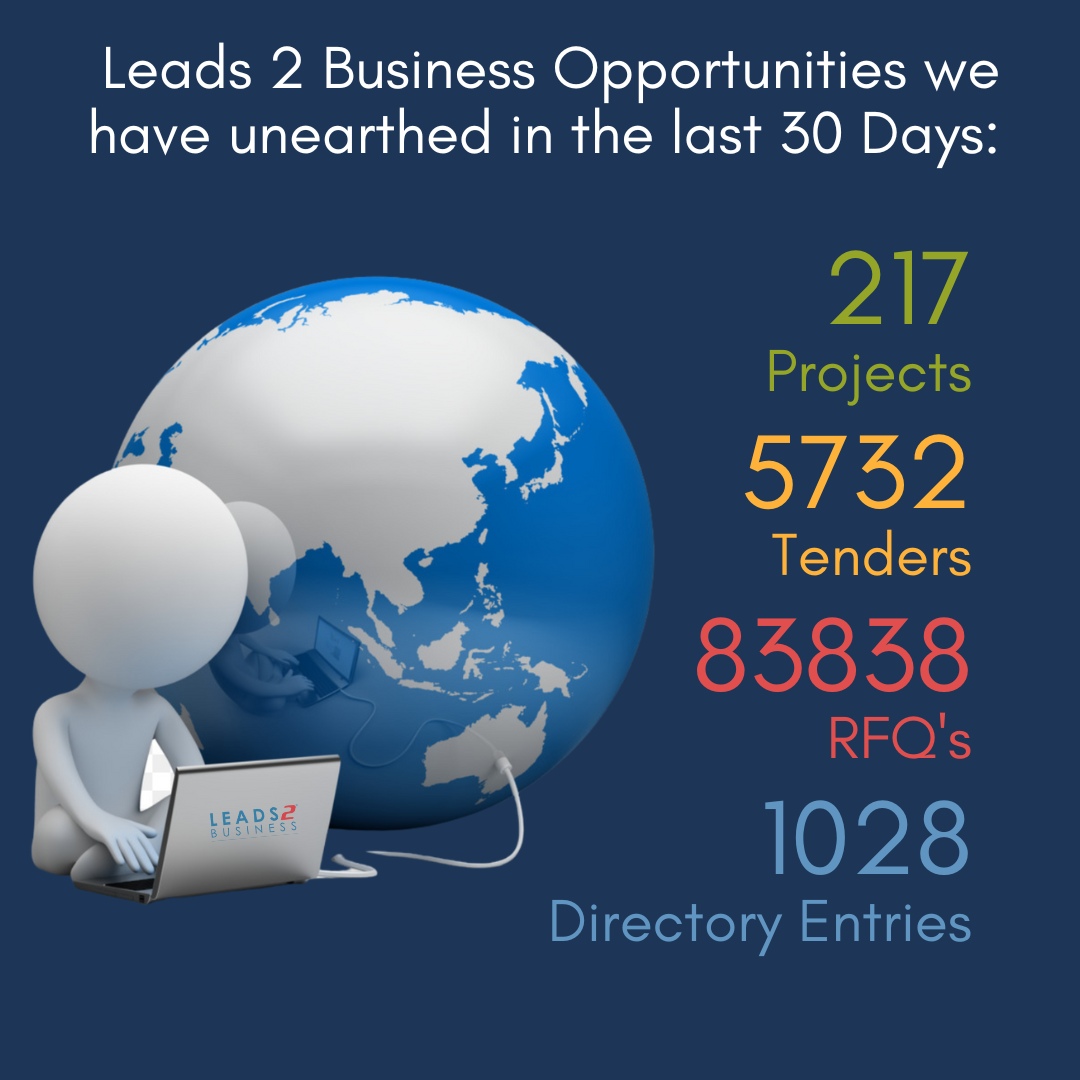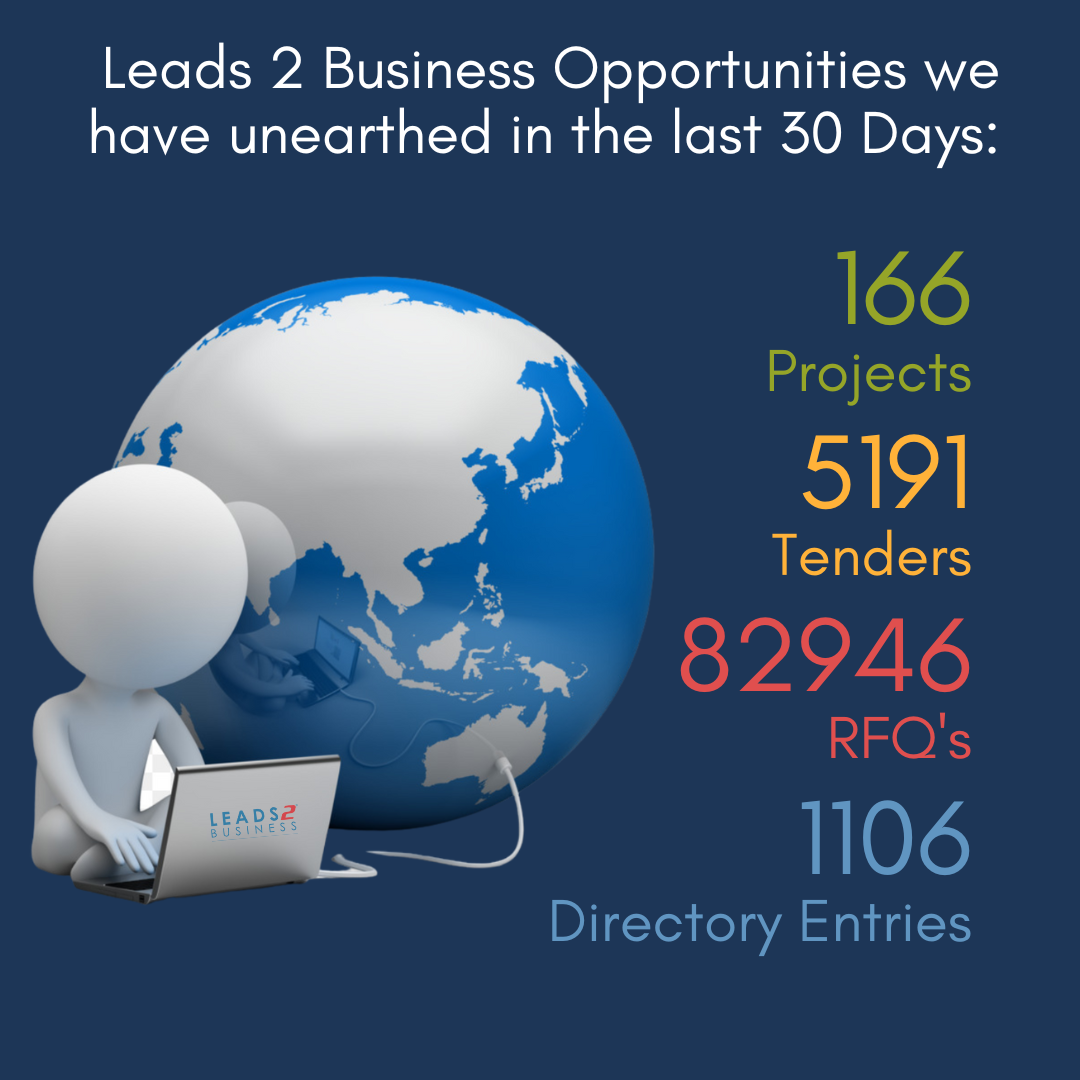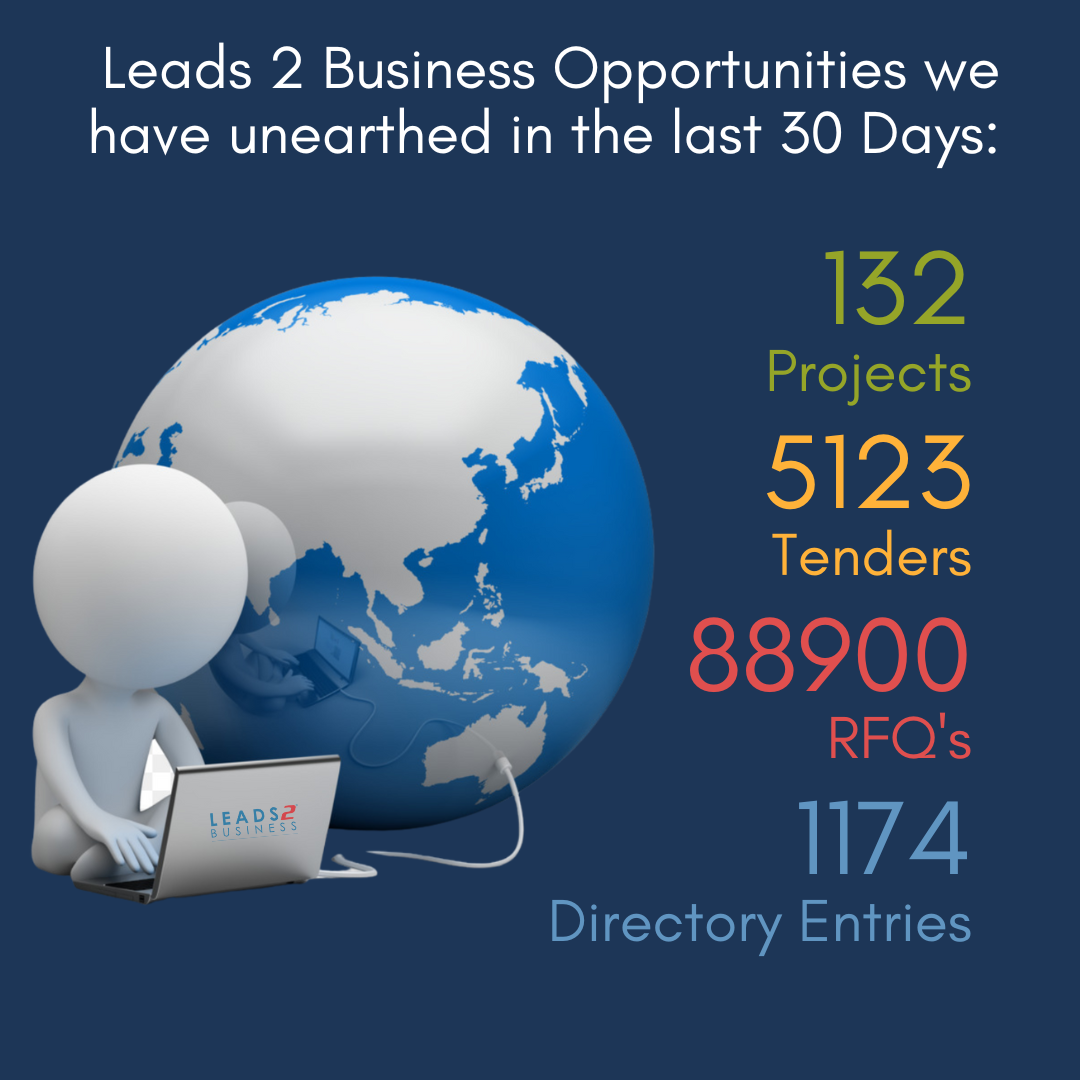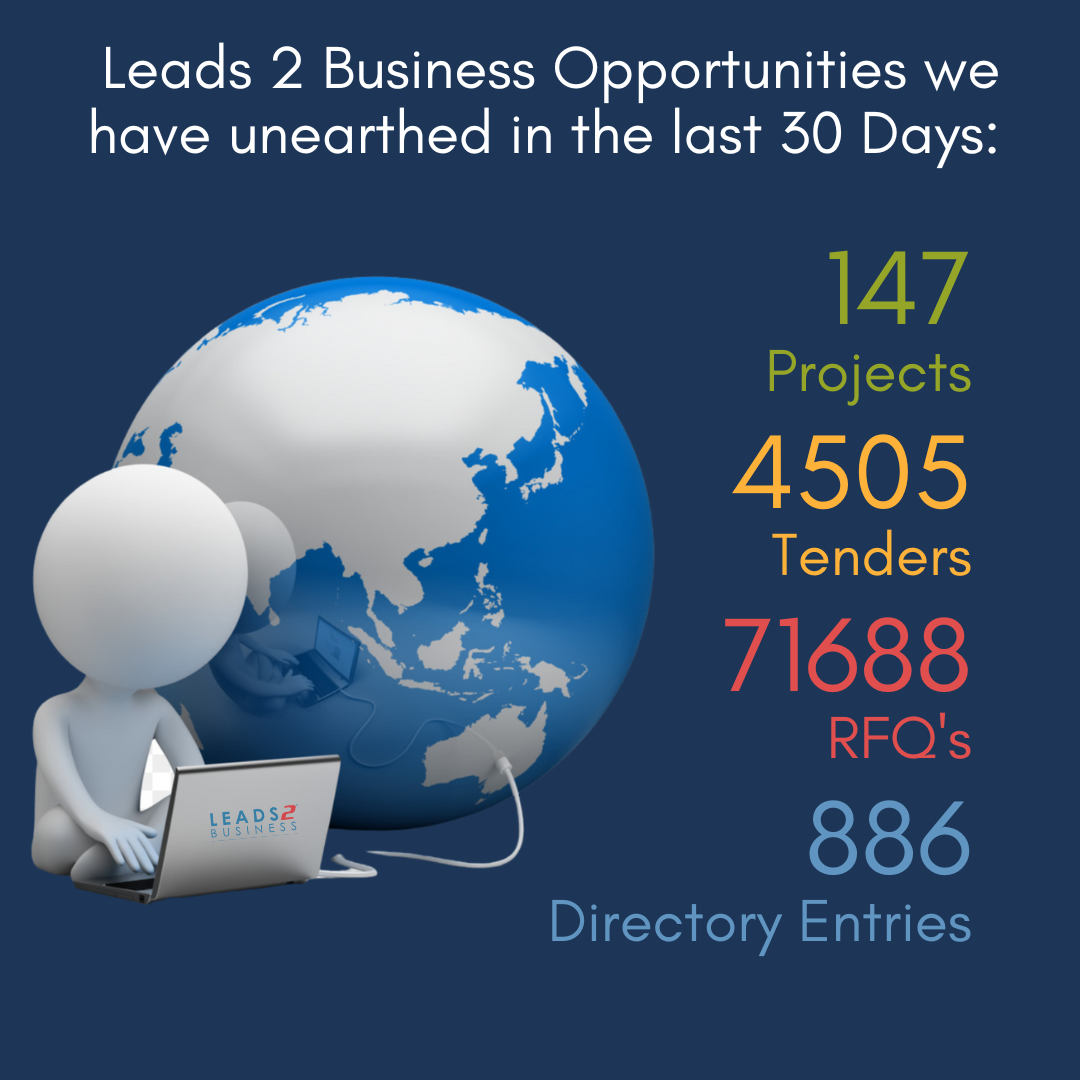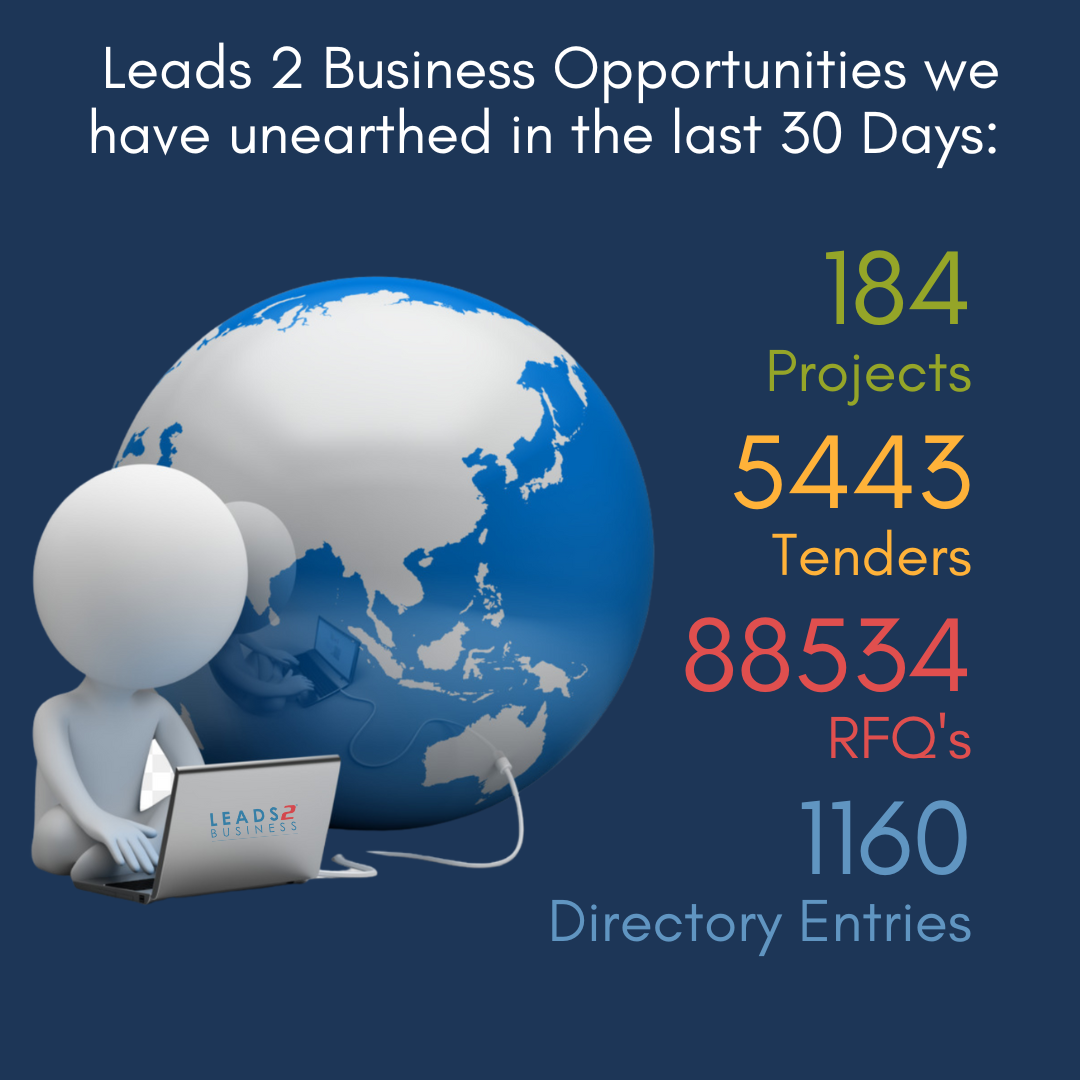The South African Road Traffic Safety Management Association (SARTSMA) plays a pivotal role as the trade body for companies involved in the manufacturing and supply of road traffic safety products throughout South Africa. Our commitment is unwavering – we ensure the use of only SABS approved reflective materials for both temporary and permanent traffic signs. This guideline aims to assist those engaged in the specification and procurement of temporary road traffic signs.
Before we delve into the details, here are some key points to remember:
-
Road traffic signs are subject to regulation by the SA Road Traffic Act and Regulations.
-
Precise road traffic sign designs are stipulated in the SADC and South African Road Traffic Signs Manual (SARTSM).
-
The COTO Standard Specifications for Roads & Bridgeworks dictate that temporary and permanent road traffic signs must adhere to SANS Standards and be manufactured by sign manufacturers affiliated with recognized industry associations, such as SARTSMA.
-
SANS 1519-1 outlines the requirements for retro-reflective materials in road traffic signs.
-
SANS 1555 lays down the requirements for Roadworks Delineators.
Traffic Signs for Temporary Works:
When it comes to temporary traffic signs, there are several reflective sheeting options available, each catering to specific needs:
-
Class 1 Beaded Engineer/Construction grade (glass beads): may be suitable for speed up to 60 km/h.
-
Class 1 Prismatic Engineer grade (prisms): may be suitable for speed up to 80 km/h.
-
Class 3 High Intensity Prismatic (prisms): may be suitable for speed up to 80 km/h.
-
Class 3, 4, and 5 High Intensity/Prismatic Fluorescent Lime Green (providing superior daytime and night-time visibility): may be suitable for speed up to 120 km/h.
Note: Class 3 Reflective Sheeting is the specified minimum requirement for TW 401/402 Delineators in SANS 1555.
| GLASS BEADS – UNDER MICROSCOPE | PRISMS – UNDER MICROSCOPE |
 |
 |
| [OLD] | [NEW] |
Choosing the Right Material:
Prismatic materials are the preferred choice for construction work zones due to their ability to reflect more light back to the driver’s eye. However, it’s important to be cautious about potential confusion between Prismatic Class 1 and other Prismatic classes’ patterns, as they can appear similar. In case of any doubts, don’t hesitate to reach out to SARTSMA members for clarification.
EXAMPLES OF SABS APPROVED TYPES OF YELLOW RETRO-REFLECTIVE MATERIALS FOR CONSTRUCTION AREAS:
Different colours / patterns of retro reflective materials for Temporary signs
|
Class 1 Engineer Grade |
Class 3 High Intensity Prismatic |
|
Glass Beads
|
Prismatic
|
|
Prismatic
|
Fluorescent.
|
*A comprehensive list of SABS approved reflective sheeting from SARTSMA members is available on the SARTSMA website
Closing Thoughts:
Frequently, different reflective materials are specified in the Bill of Quantity for a particular construction project involving temporary or permanent signs. For more information on how to specify these materials or interpret existing specifications, don’t hesitate to contact SARTSMA members for precise and accurate guidance.
Source: Hans Tillema
Chair – Working Group 1 (Road Signs) SARTSMA
Hans@signsrus.co.za | +27 81 025 1197
About Sasha Anderson
Millennial Mom + wife living the hash-tag life. Reach out if you want to talk: L2B, social media, construction, technology, marriage, parenting, popular culture and travel. Remember: If You Fail - Fail Forward
- Web |
- More Posts(257)
